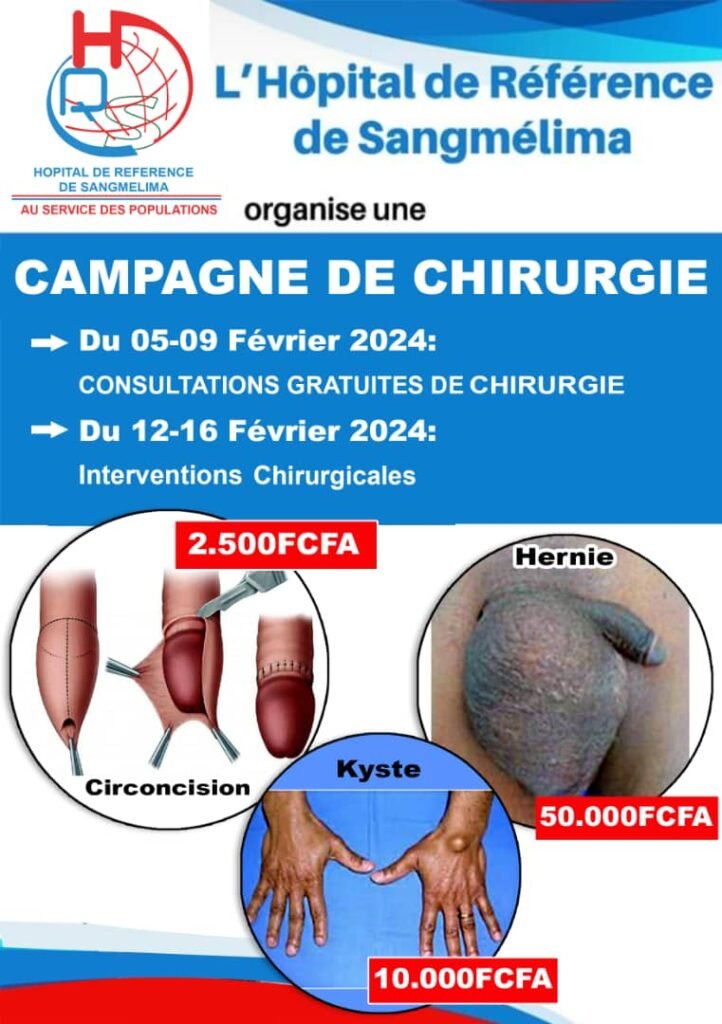Senegal : One death from Congo feverOne fever

Pipetting potential cure onto virus in petri dish
The Ministry of Health has announced that the country is in an epidemic situation after the death of a case of Crimean-Congo haemorrhagic fever at the end of April 2023.
Divine KANANYET
The case in question is a butcher who was on duty at the Dakar slaughterhouses and who was declared
ill on 21 April and died on 22 April 2023, Dr Boly Diop, coordinator of the fight against Congo fever at the Ministry
of Health, told AFP. The patient died at the beginning of the weekend at the Dalal
Jamm hospital in the suburbs of Dakar. The Ministry of Health has activated the Health Emergency Operations Centre to monitor the disease. “It was a single case. We then carried out investigations in the victim’s family, professional and health environments,
because the disease is contagious.
The contact cases were identified and we followed them up. All the samples came back negative,” Diop told AFP. Some 84 contact cases, mainly hospital medical staff and family members, are being monitored,
confirmed Dr Boly Diop, director of epidemiological surveillance and vaccine response at Senegal’s health and social action
ministry. The country had five cases of Congo fever in 2022, including one death, according to Mr Diop.
Indeed, Congo disease is a zoonosis. It causes outbreaks of severe viral haemorrhagic
fever with a case fatality rate of up to 40%. According to the World Health Organisation, transmission occurs either through tick bites or through contact with blood or tissue of infected animals during or immediately after slaughter. Although several genera of ticks can be infected with this virus, the World Health Organization
(WHO) considers the genus Hyalomma
to be the main vector. Larger and more aggressive than a conventional tick, Hyalomma Marginatum is even capable of hiding in the ground and following its prey for several hundred metres. The majority of cases are found among people working in the livestock sector, farmers, slaughterhouse employees and veterinarians,
according to a fact sheet from the Senegalese Ministry of Health. Between humans, transmission of the disease can occur following direct contact with blood, secretions, organs or biological fluids of infected subjects. Moreover, while the signs of the disease are numerous, notably
fever, muscle pain, headaches, dizziness,
sensitivity of the eyes to light, mood swings, diarrhoea and drowsiness, there is no vaccine to date to treat it in humans or animals. This is a cause for concern for the Senegalese, who are worried about the possible spread of this disease.
Vaccine
In the absence of a vaccine, the World Health Organization (WHO) recommends wearing protective clothing; wearing light-coloured clothing so that ticks can be easily detected; and regularly checking clothing and skin for ticks and carefully removing them if found. In addition, WHO also calls for efforts to eliminate or limit tick infestations
on animals in stables and barns; to avoid areas where ticks are abundant and seasons when they are most active; and to wear gloves and protective clothing when handling animals or their tissues in endemic
areas, especially when slaughtering or cutting up in slaughterhouses or at home. In addition, animals should be quarantined
before entering the slaughterhouse or routinely treated with pesticides two weeks before slaughter and close physical contact with CCHF-infected people should be avoided, while washing regularly after treating or visiting sick people.













